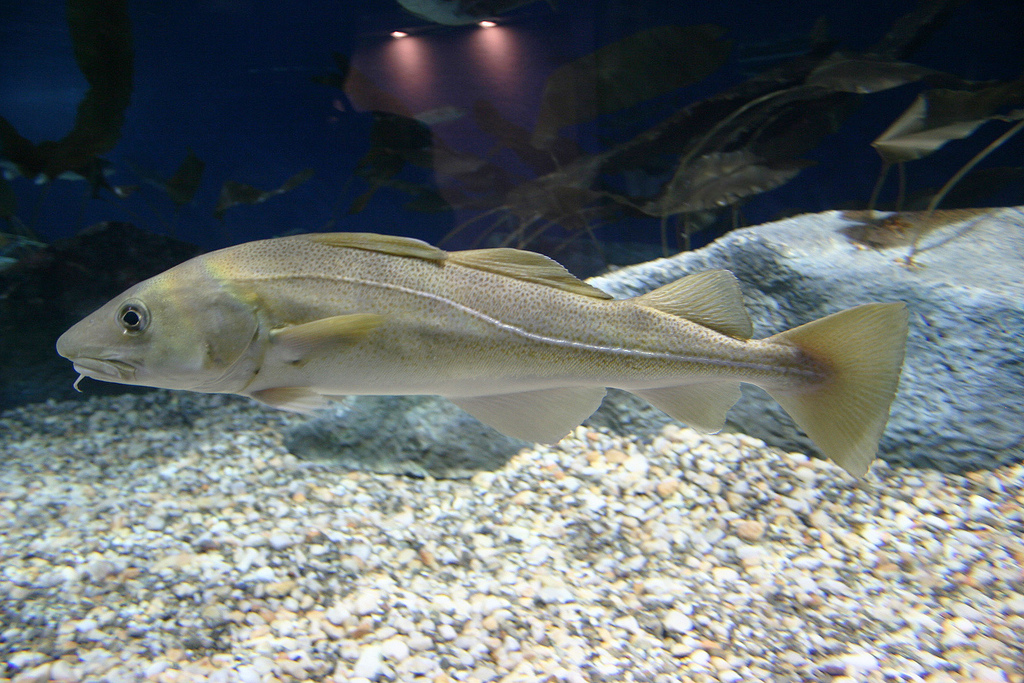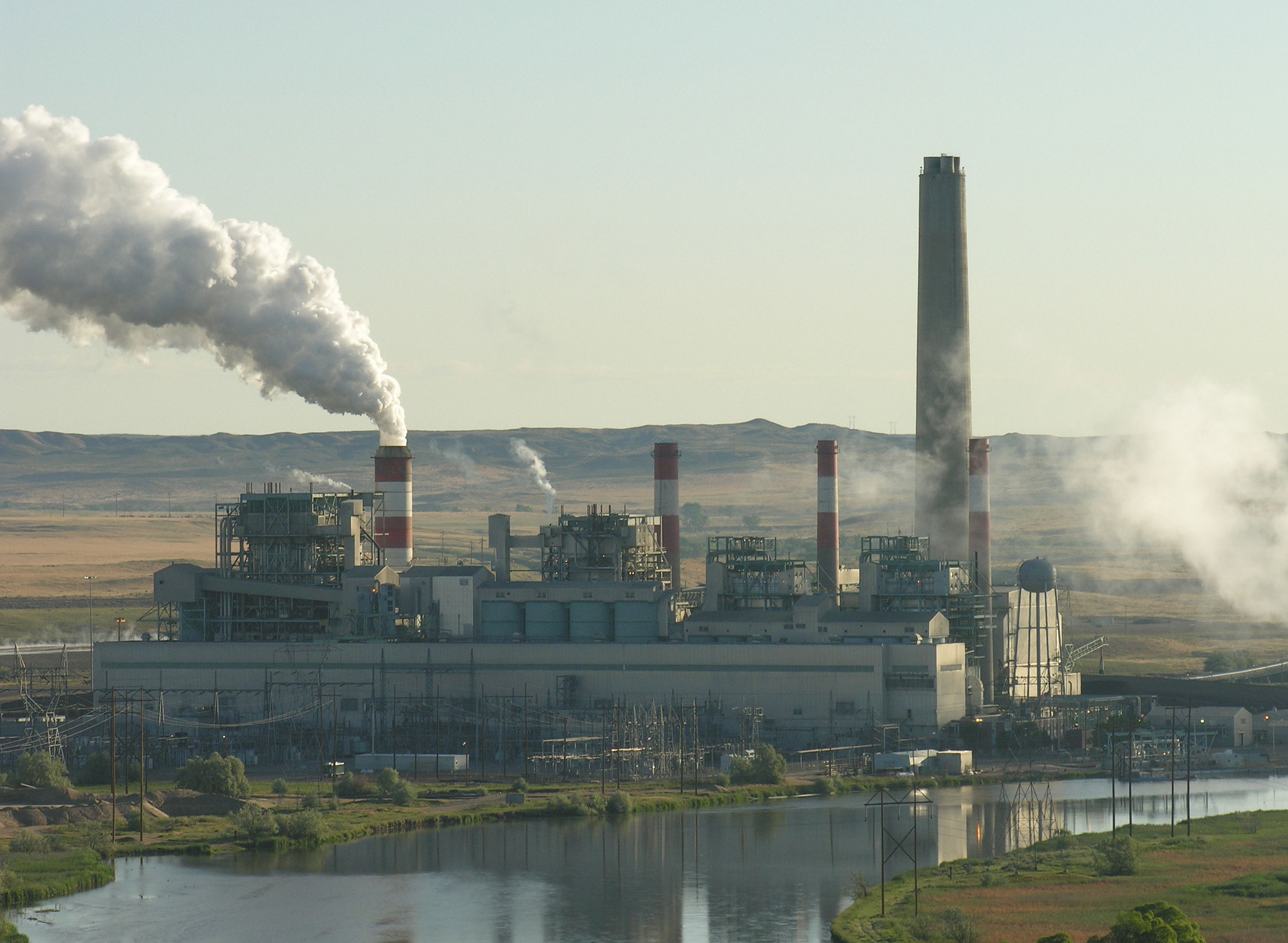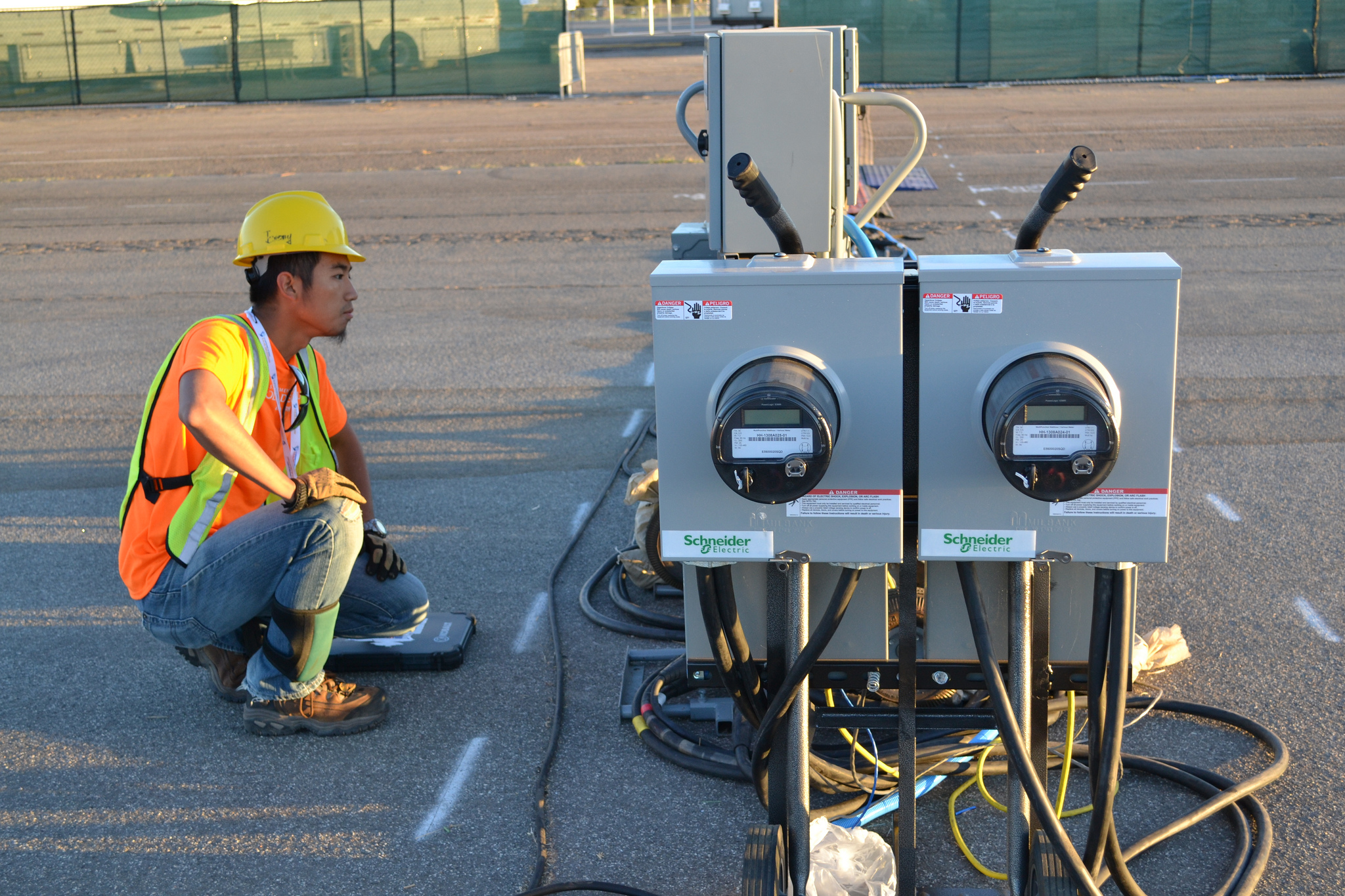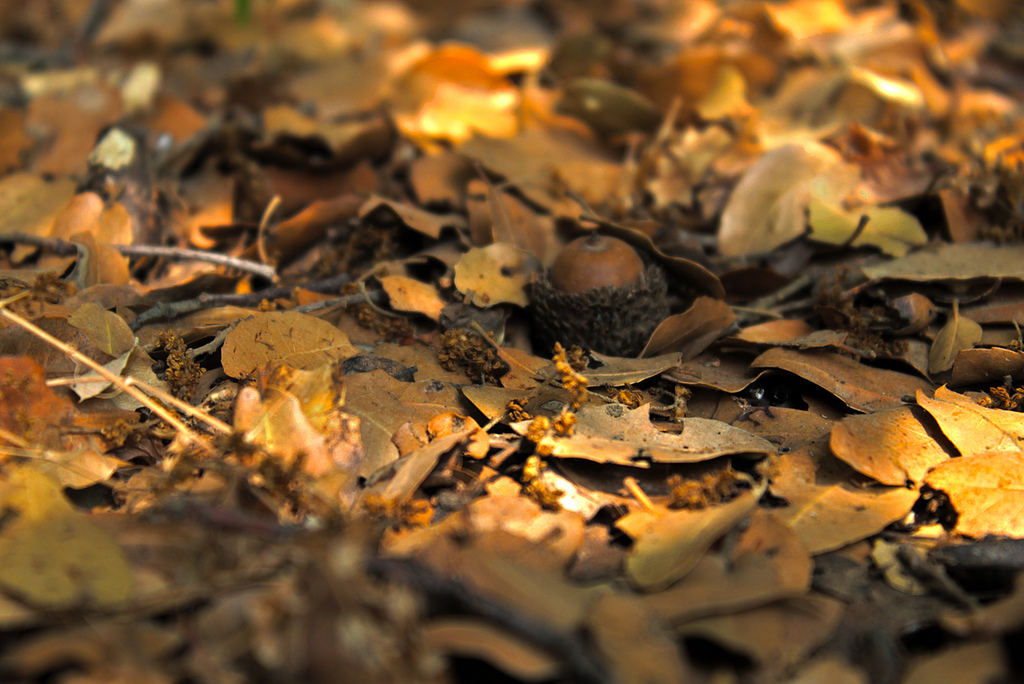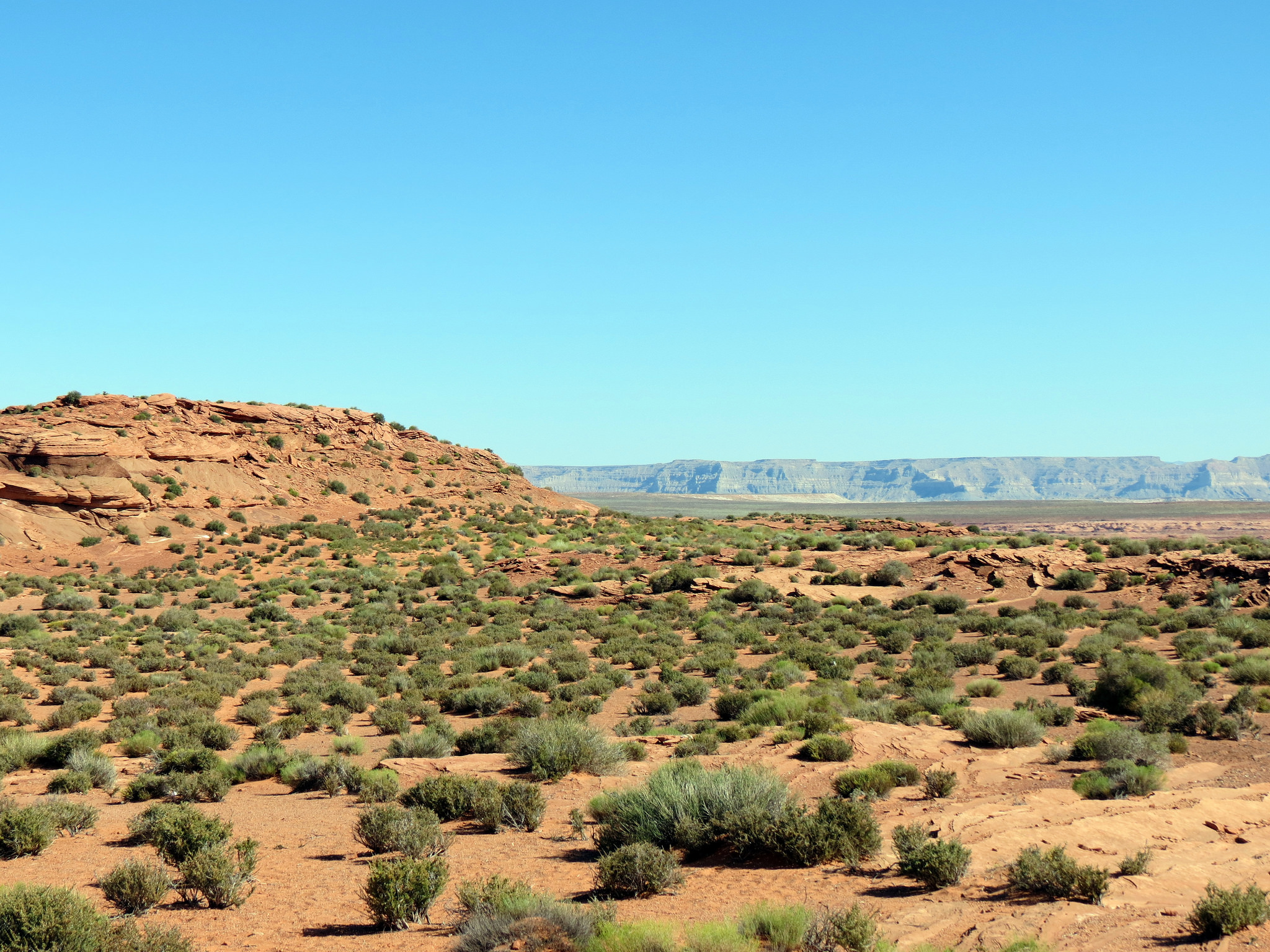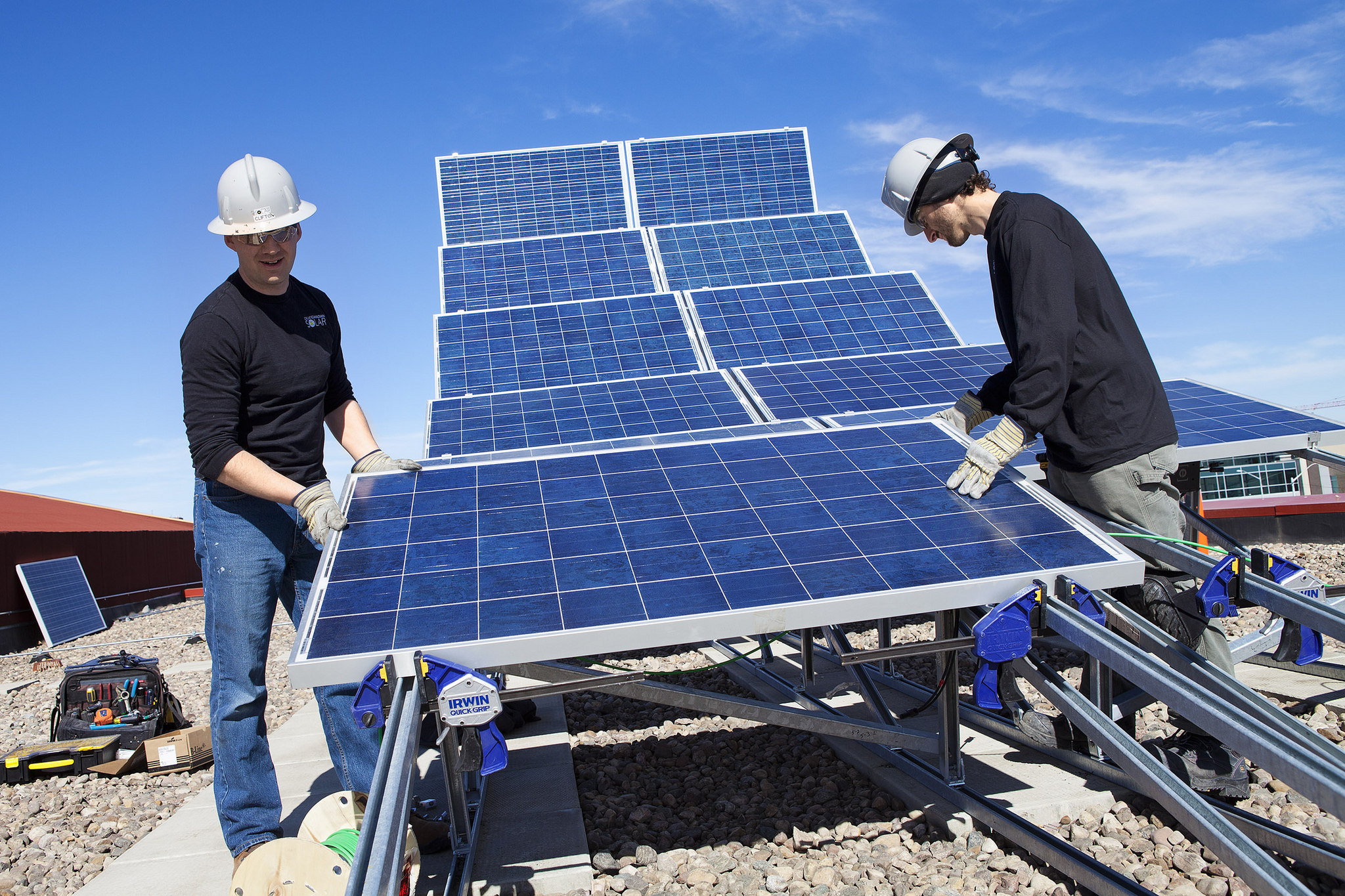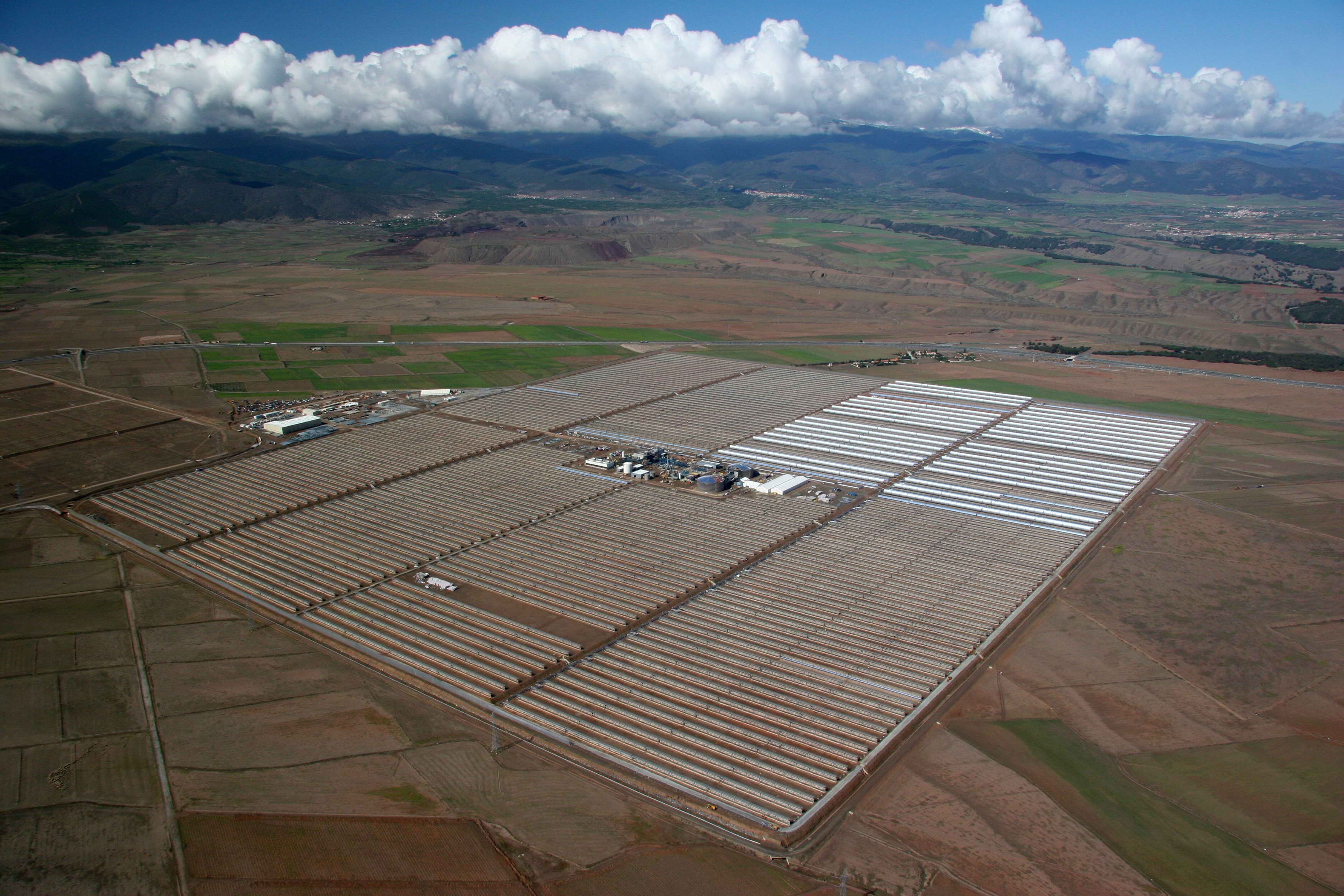Snowpack Loss
A recent study showed that this year the snowpack in California, which is suffering an ongoing drought as well as long-term warming, reached its lowest point in 500 years. Snowmelt from the Sierra Nevada mountains fills reservoirs that provide a third of all of the drinking water for the state of California, as well as water used to fight fires and generate electricity.
Climate Change And Extreme Weather
Global climate change is predicted to manifest itself in many ways over the next 100 years as average temperatures increase around the world. But we do not directly experience climate; we experience weather.
Responding To Climate Change
This week, representatives of 195 nations and the 28 member states of the European Union are meeting in Paris to try to put together the first global agreement to curb carbon dioxide emissions. Among those nations, some are already doing much better than others.
A Tax On Carbon
A while back we talked about the carbon tax in British Columbia and how it resulted in a dramatic reduction in carbon fuel use without any harm to the local economy. Many economists believe that carbon taxes are one of the best ways to promote lower greenhouse gas emissions.
Microgrids For The Powerless
There are 1.3 billion people worldwide who don’t have access to electricity. These days, some of them have acquired hundred-dollar solar panels that produce about five watts of power. That allows them to power a couple of LED lamps in the evening and to charge a mobile phone. But that’s about all they can do with so little power.
Ocean Energy Report Card
Most of the world’s activity in renewable energy is focused on solar and wind power. The use of both is expanding rapidly.
Pumpkins And Climate Change
Climate change, with its rising temperatures and extreme weather, threatens many food production systems, including coffee, chocolate, wine, maple syrup, and seafood, among many others. And now pumpkins – the type many of us will enjoy in pies this week – can be added to that list.
[Read more…] about Pumpkins And Climate Change
Plugging Methane Leaks
Natural gas, also known as methane, is one of several “greenhouse gases” that trap heat radiation trying to leave the Earth. Molecule-for-molecule, methane warms our planet’s atmosphere about 25X more than carbon dioxide.
Acorns And Lyme Disease
In New York’s Hudson Valley, it’s hard to go outside without stepping on an acorn. Oaks have ‘boom and bust’ acorn production cycles. In lean years, trees produce a handful of nuts. In boom years, acorns seem to rain down from the sky. We are currently experiencing an acorn bumper-crop, or what ecologists call a ‘mast’ year.
In some forests, there can be more than 100 acorns per square meter. This is welcome news to animals like mice, chipmunks, and squirrels. They can gorge on the bounty and stock their larders. Acorn caches help wildlife avoid predators and survive the lean months of winter. They even give well-fed rodents a jump-start on the breeding season.
For this reason, acorn “mast” years are also harbingers of future Lyme disease risk. In the summer following acorn booms, white-footed mouse numbers explode. In New York’s Hudson Valley, these mice play a major role in infecting blacklegged ticks with the agents that cause Lyme disease, Babesiosis, and Anaplasmosis.
Cary Institute disease ecologist Rick Ostfeld explains.
“The ticks that are emerging as larvae in August – just as the mice and chipmunks are reaching their population peaks – they have tons of excellent hosts to feed from. They survive well and they get infected with tick-borne pathogens. And that means that two years following a good acorn crop we see high abundance of infected ticks, which represents a risk of human exposure to tick borne disease.”
Predictions are based on 20 years of field studies that have confirmed the relationship among acorn mast years, mouse outbreaks, and the prevalence of infected ticks. Mark your calendars – 2017 will likely be a bad year for Lyme disease.
**********
Web Extra
Full interview with Rick Ostfeld, a disease ecologist at the Cary Institute of Ecosystem Studies
